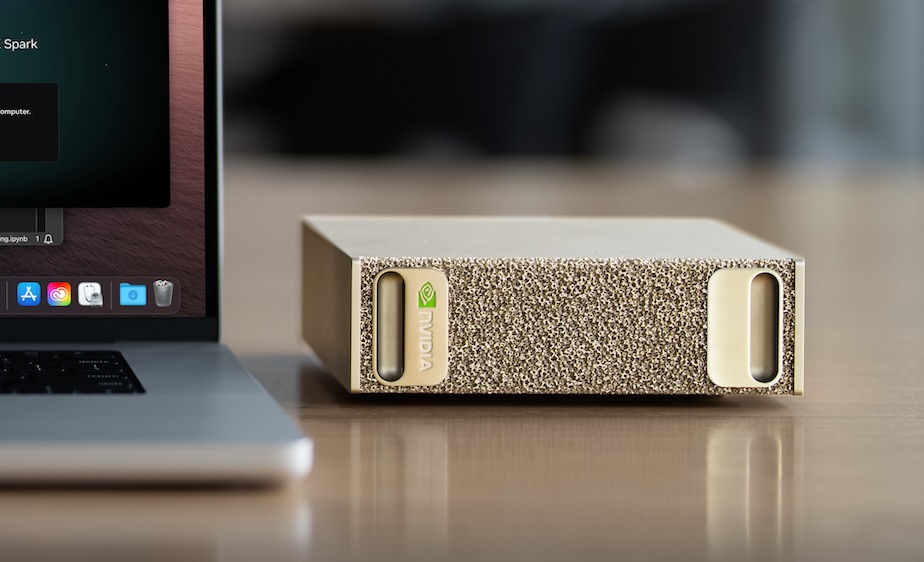
The upcoming Nvidia DGX Spark sure is a powerful little devil, in a tiny format.
“Spark delivers one petaFLOP1 of AI performance in a power-efficient, compact form factor. With the Nvidia AI software stack preinstalled and 128 GB of memory, developers can prototype, fine-tune, and inference the latest generation of reasoning AI models from DeepSeek, Meta, Nvidia, Google, Qwen and others with up to 200 billion parameters locally.”
It will “only” set you off $4,000 USD. When you order yours, please order one for me too. After all, it’s a mere pocket change, right?
llm tech